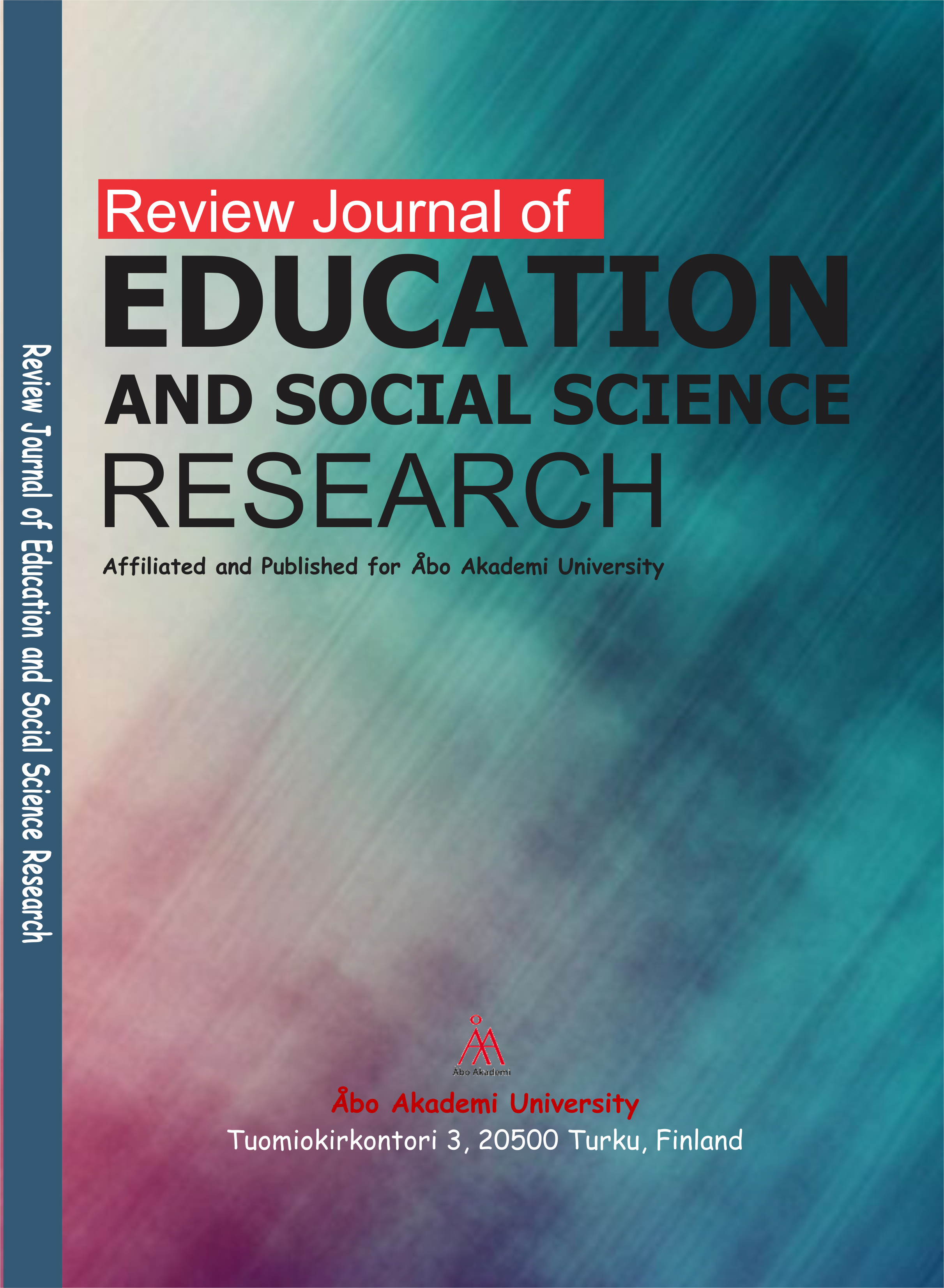Review Journal of Education and Social Science Research (RJESSR)
Banunut as a Method of Value Inheritance in the Banggai Tradition
E-ISSN: 2437-3594
P-ISSN: 2447-6546
DOI: https://iigdpublishers.com/article/604
Research aim. This research aims to discuss Banunut as a method of inheriting values in the Banggai tradition. The theory used in this research is theory of culture as Knowledge System based on Ward Goodenough. This research used ethnographic approach, through New Ethnography method. This research found that Banunut is one of the Intangible Cultural Heritages (IHC), which is still alive in the Banggai community, and is part of the value inheritance system in the Banggai tradition. Banunut is categorized as part of folklore. Banunut is usually told by Banggai parents to their children before napping or sleeping at night. Today, Banunut has been included in various cultural events and competitions, and is narrated in the Banggai language. The categories of stories in Banunut are: Epic; Myth; Anecdote; Fable. The uniqueness of the Banunut tradition is that some of the stories included in the myth category are only performed at certain times because they are considered taboo and will have a bad impact on the community as a whole. This research discusses Banunut as a method of inheriting values in the Banggai tradition using an ethnographic approach.
Nuriyati Samatan PhD, Desi Pujiati PhD & Yohanes Ari Kuncoroyakti PhD
Aarne & Sith Tompson dalam Danunjaya, James. (1994). Folklor Indonesia: Ilmu Gosip, Dongeng, dan lain-lain. Jakarta: Percetakan PT Temprint.
Abdul Barry, Fatharany Berkah. (2022). Banggai Young Figure, Academician, Cultural Activist, and currently as Commissioner of KPUD Banggai Islands. FGD, October, 20th 2022.
Abu Hajim, Ahmad. (2022). Focus Group Discussion, at Banggai, October 20th 2022.
Ahmadi dan Uhbiati, (1991). Ilmu pendidikan, Jakarta: Rineka Cipta.
Atkinson, P & Hammersley, M. (1994). Ethnography and Participant Observation. In Norman Denzin and Yvonna Lincoln (Eds.), Handbook of Qualitative Research. Thousand Oaks: Sage, pp.249-261.
